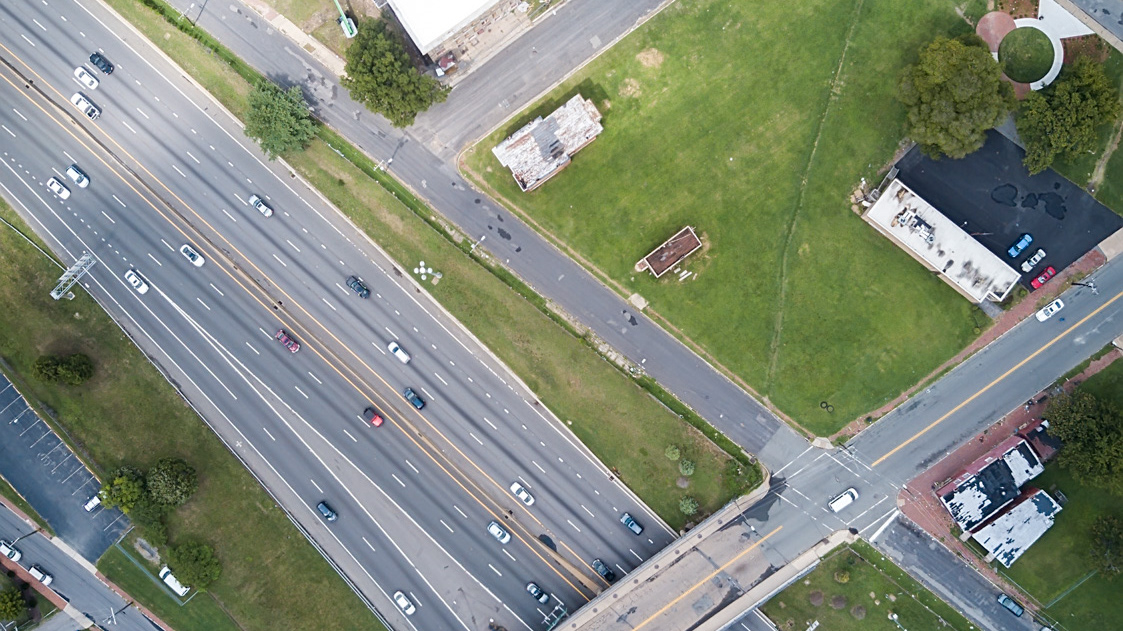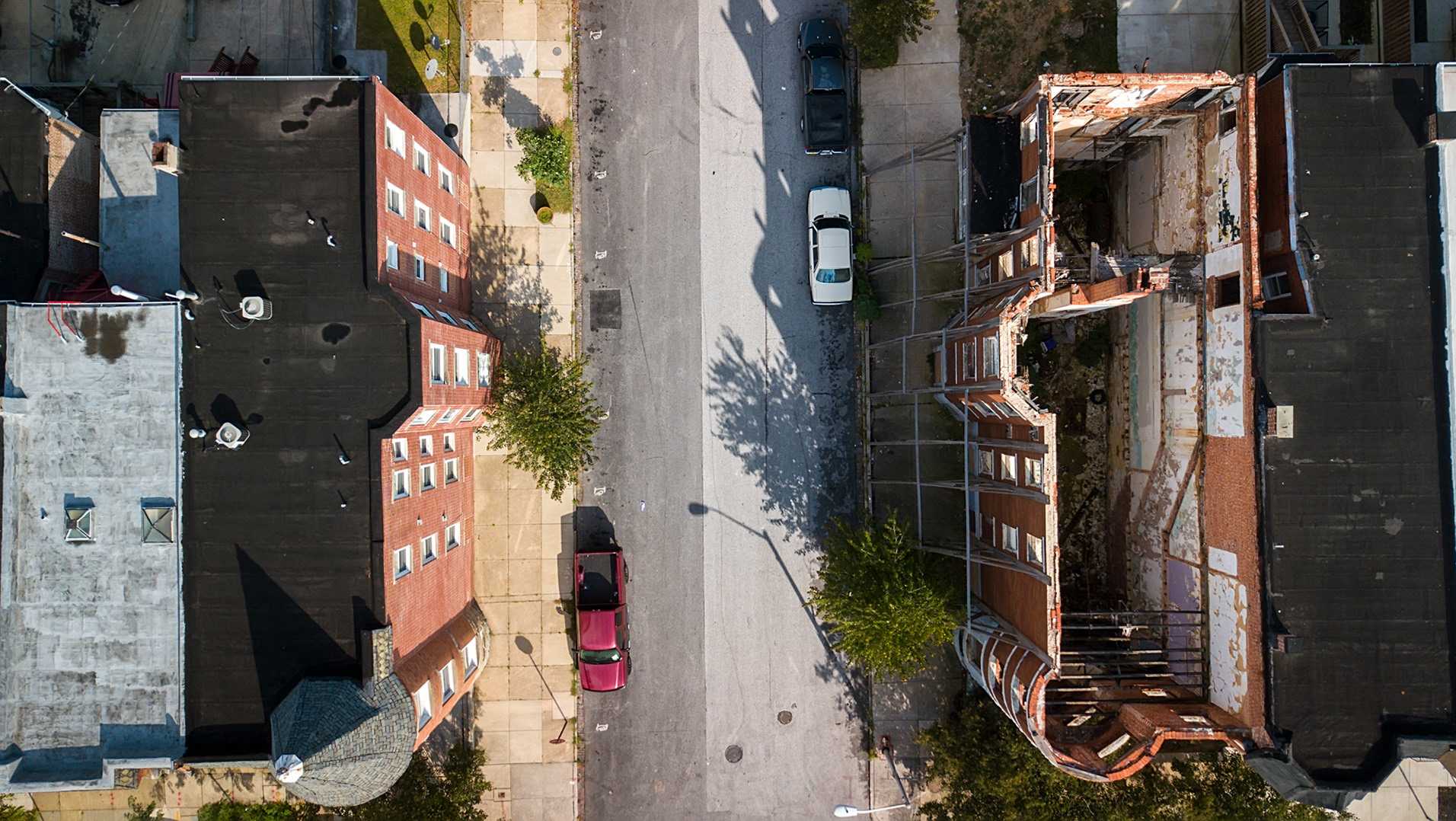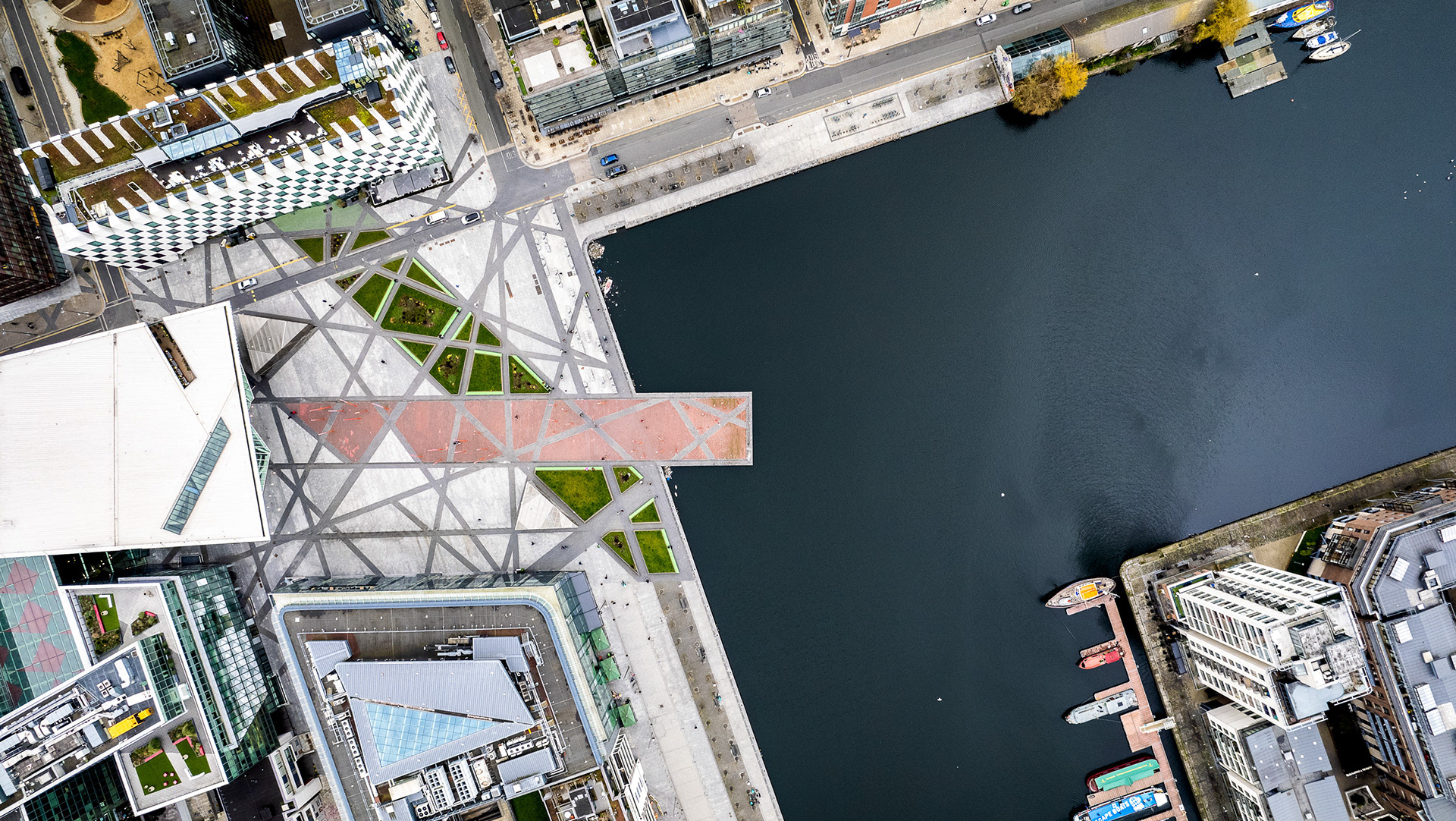Papwa Sewgolum Golf Course in Durban, named after an apartheid-era golfer. Ironically, a sprawling informal settlement exists just meters from the tee for the 6th hole.
Sunlight shines on the single footpath connecting the Black and Indian communities on either side of the Ohlanga River in Durban, South Africa.
Morningside is one of Durban’s richest suburbs, and for good reason. The location is spectacular. High-rise apartment buildings tower over cliffs above the Umgeni River, with beautiful views of the spectacular Moses Madiba soccer stadium, Durban Country Club, and Indian Ocean. Even former President Jacob Zuma has an official state residence there, one of three around South Africa.
Papwa Sewgolum Golf Course.
Kennedy Rd, Durban.
The beautiful Umgeni River Valley, home to the Zulu Nation, and intentionally designed to separate black from Indian communities during apartheid in South Africa.
Cornubia, situated in Durban, South Africa, is a notable example of efforts to counteract the city's pronounced socio-economic disparities. Initiated as a mixed-use, mixed-income development, it aims to integrate diverse economic classes by offering a range of housing options, including both subsidized and market-rate units. While still under development, Cornubia aspires to incorporate commercial and industrial zones, schools, and healthcare facilities, creating a self-contained and sustainable community. The project faces the daunting task of bridging the gap between the affluent and the marginalized, offering a model for urban development that grapples directly with the persistent legacy of apartheid.
Shacks line the drainages underneath the wealthy suburb of Morningside in Durban, South Africa.
A cricket pitch surrounded by shacks, with the city center of Durban and the port in the background.
The Pavilion shopping center and shacks.
Rail lines separate communities in Pietermaritzburg, a town near Durban on the way to Johannesburg.










